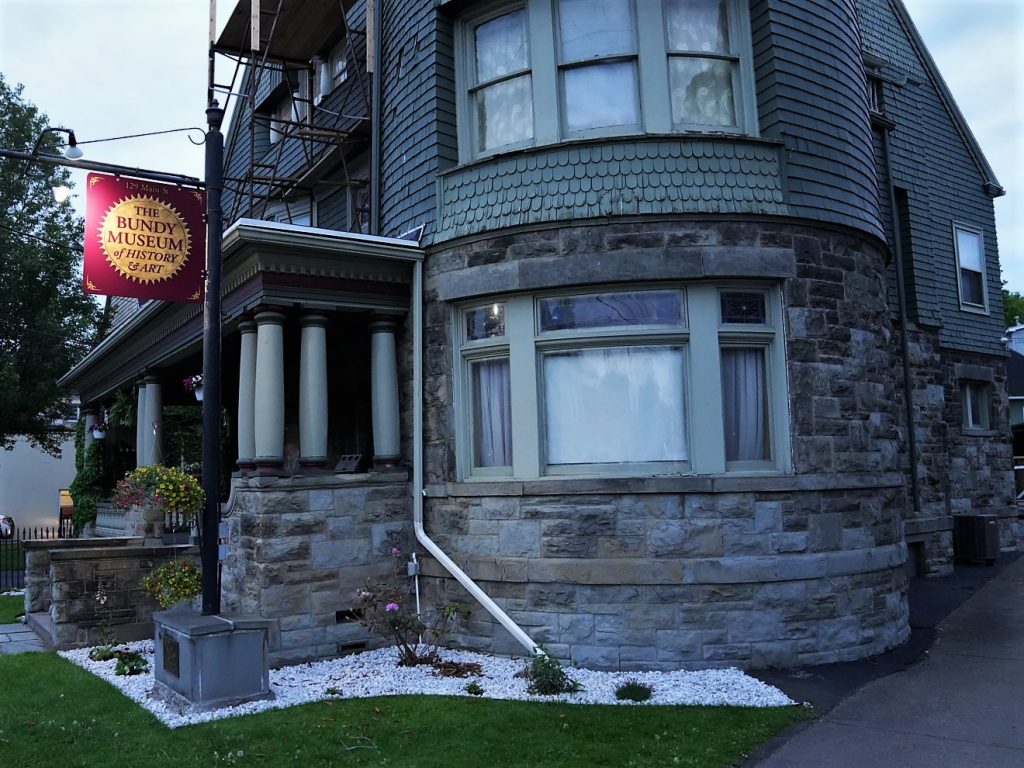As a new student of Binghamton University, there is a lot to explore. The BU campus itself features various nature trails and dining spots, but that is just the start. Surrounding BU’s campus is the city of Binghamton, which carries a lot of history. Taking the bus as a freshman to visit places full of Binghamton history will get you more acquainted with the city that will be a significant part of your college life. Here is a list of some of the most notable places in Binghamton that hold historical importance.
Roberson Museum and Science Center
Located on 30 Front St., the Roberson Museum and Science Center offers education, events and exhibits in the realm of art, science and history. One of the most memorable parts of the center is the Roberson Mansion. The mansion, built from 1904 to 1907, is in the style of Italian Renaissance architecture. Designed by talented Binghamton architect C. Edward Vosbury, the plans of the mansion included an elevator, an intercom system and a billiard room. The mansion is supposedly haunted by the ghost of Alonzo Roberson, the former owner. Roberson’s will called an educational center, which led to the opening of the Roberson Memorial Center in 1954. Major additions to the center came in the following decades, such as the Martin wing and the A. Ward Ford wing to bring in galleries and a digital planetarium.
Phelps Mansion Museum
Once just one part of a row of beautiful and elaborate houses on 191 Court St., the Phelps Mansion Museum represented a very different time in Binghamton. Sherman David Phelps moved into the mansion in 1872, which contained three floors. The first floor was for entertainment, the second floor for bedrooms and the third floor for servants’ quarters and a billiard room. After passing away six years later, the house changed hands multiple times, eventually leading to Phelps’ nieces and nephews inheriting it. They had no interest in living there, so the house remained empty for years. A few people bought and sold it until it was bought by the Monday Afternoon Club, a prominent women’s civic organization in 1905. Now the mansion serves as a museum to take a look at the late 1800s and turn of the century version of Binghamton that no longer remains.
The Bundy Museum of History and Art
The Bundy Museum began in 1889 when Willard Bundy and his brother Harlow Bundy started to create time clocks, now known as “Bundy Clocks,” in Binghamton. Harlow and his wife Julia moved into 129 Main St. in 1892, which is where the museum resides. The Bundy Manufacturing Company thrived during the early 1900s and, by 1924, Harlow’s Bundy Company became International Business Machines (IBM). In 2004, the Bundy Museum opened to showcase this important figure’s home. Additionally, the museum has been a place to show off local art in its galleries and a Rod Serling Archive. Another area focuses solely on photos by local photographers and photo development. The Bundy Museum has a little bit of everything to learn about Binghamton’s history.
These are three important spots in Binghamton that will be a good educational tool to see different aspects of the city’s history. Binghamton’s history runs deep and these three places are just scratching the surface of what the city has to offer. The Kilmer Mansion, Binghamton’s carousels or just walking by the Chenango River is a good avenue to take too. Making the most out of your college experience is so important, and having historical knowledge of Binghamton always makes for good conversation.



